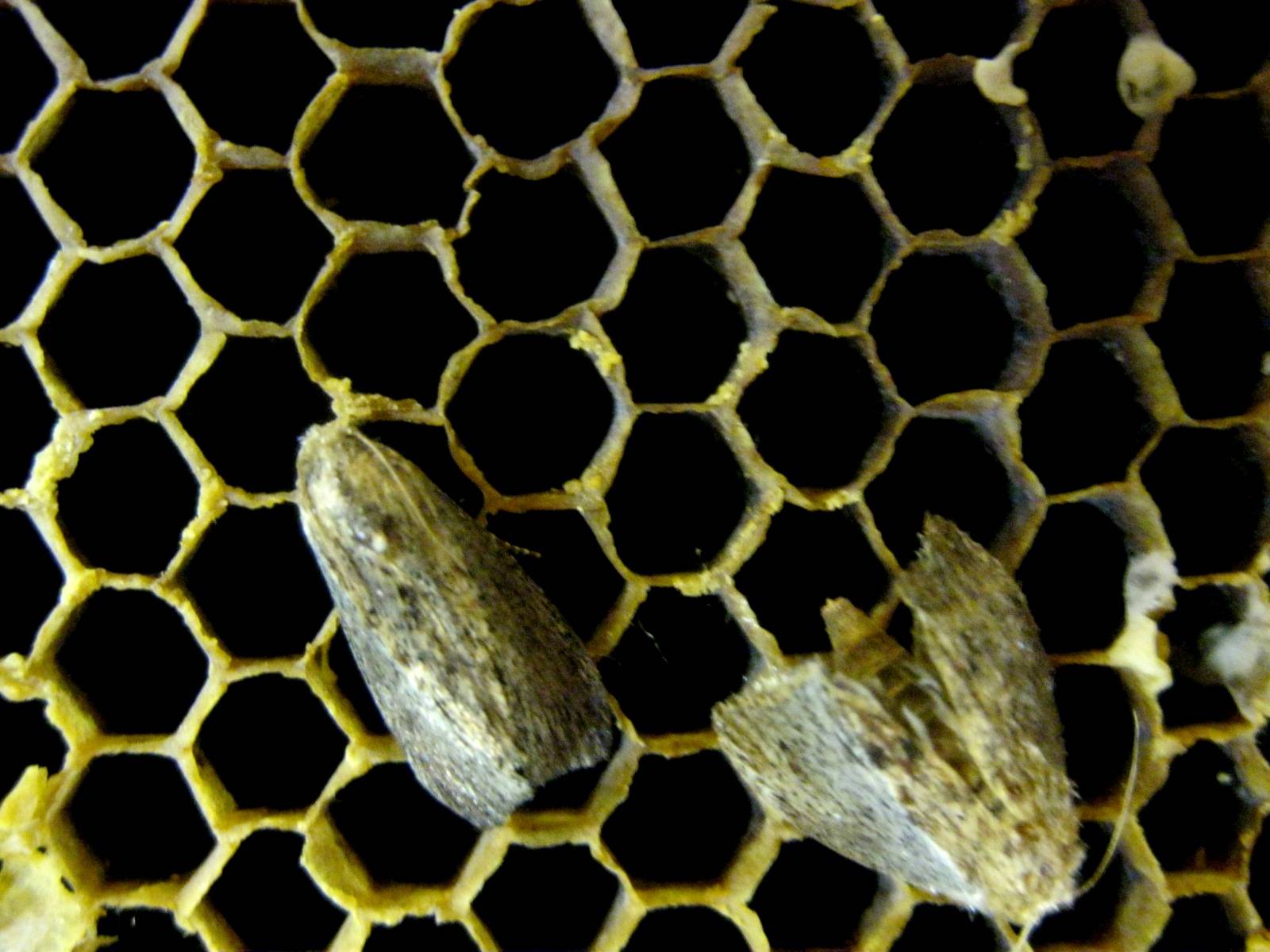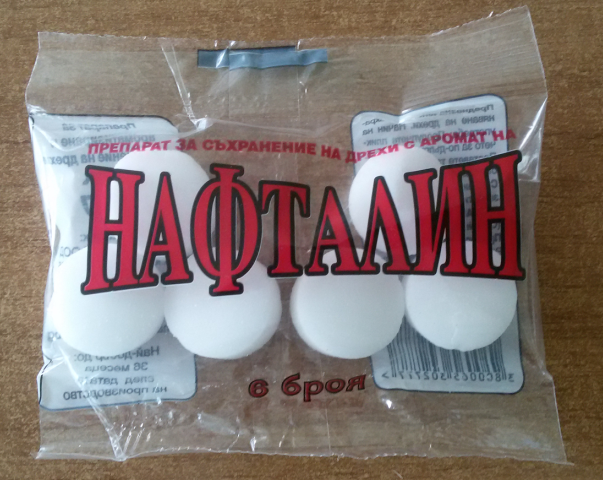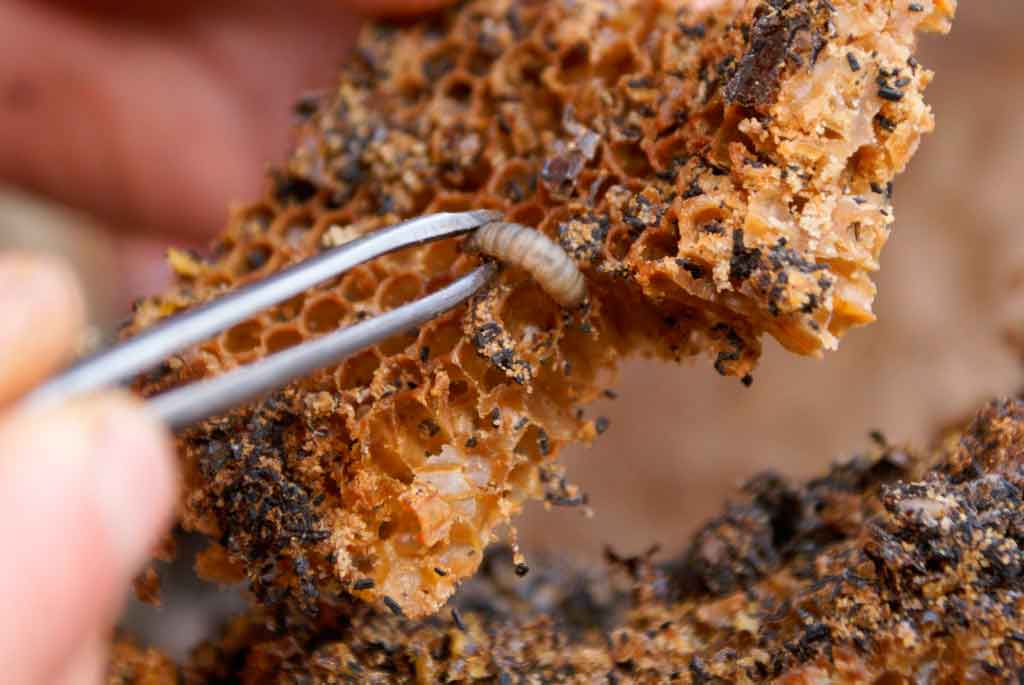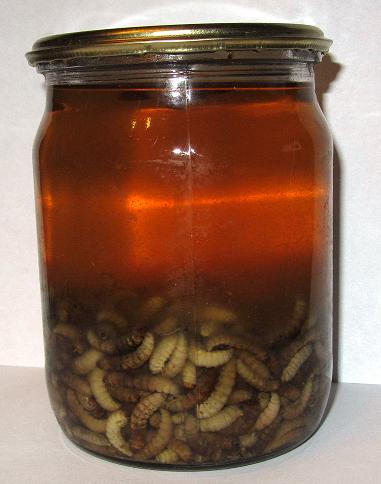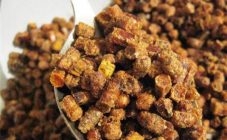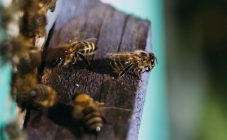The bee moth is a species of moth moths from the Pyralidae family, a pest of the honey bee. It is widespread wherever beekeeping takes place: it damages wax combs, bee brood, bee bread, frames and honey.
Description
In nature, there are two types of moth: small bee (moth) and large wax. Large, respectively, differs in larger parameters - up to 35-38 mm, in small body lengths does not exceed 24 mm. The color of the forewings: in the small - gray-brown, in the large - brownish-gray, brownish-yellow. The hind wings of the great moth are cream, the small ones are silvery white.
Butterflies lay whitish eggs (0.35 * 0.5 mm in size), in one clutch up to 300 pieces, which develop within 5-10 days. The newly minted larva does not exceed 1 mm, soon grows into a caterpillar of 16-35 mm. Caterpillars pupate for 25-30 days, adult butterflies live 7-12 days (females) and 10-26 (males).
Caterpillars live in bee hives, which at the beginning of their development feed exclusively on honey and bee bread. Gradually, they switch to wax combs, eating the wax and damaging the combs. In the honeycomb, the caterpillars form a huge number of tunnels, moving along which they defecate and secrete a thin web that seals the honeycomb, which prevents the bees from laying down honey.
Severe infection provokes caterpillars to eat each other and the droppings of previous generations. Up to 500 honeycomb cells can be damaged by only 1 caterpillar; with a large number of cells, the honeycombs quickly fill with cobwebs. Over time, the bee colony weakens, in advanced cases it dies or leaves the hive.
Methods for dealing with wax moth
Wax moth in a hive with bees how to deal with it, the most effective methods and means are given.
Pulling honeycomb from a hive with caterpillars
The honeycomb, inhabited by the bee moth, is taken out of the hive, tapped on the frame gently with a chisel or palm. Pests fall out of their burrows, they are immediately destroyed. The damaged honeycomb is melted onto wax raw materials.
Disinfection with 80% acetic acid
The honeycombs are stacked in a free hive, a piece of soft tissue material or cotton wool soaked in vinegar (in a ratio of 200 ml per 1 sq / m) is placed on top, covered and wrapped with foil, leaving no gaps.
Acetic acid vapors are much heavier than air, they begin to flow through the framework, killing all pests on the way, and at any stage of their development. The honeycomb is kept in acetic acid for 3 days, at a temperature of 16-18 ° C, then it is well ventilated. The procedure is repeated after 2 weeks.
Low and high temperature processing
In winter, frames with the pest are frozen at temperatures below -10 ° C for 2 hours. Freezers are used in summer.
The high temperature, which is fatal for the wax moth, starts from +50 ° C.
Naphthalene
The naphthalene, placed in a matchbox, is placed in a prepared hive, the ideal time for placement is early spring.During the period of the main honey harvest, the boxes with this substance are removed from the hive, then added again, after the end of the collection and selection of honey.
Sulphur dioxide
Take 50 g per 1 sq. m, the honeycomb is placed in a tightly closed container, burning combustible sulfur. The comb is fumigated in three approaches, the second time after 10 days, then after 20.
Biological preparation "Bioseif"
An effective remedy directly against wax moth caterpillars. The powdery component of the bottle is diluted in 0.5 liters of cold water, 30 ml is taken for 1 frame. The honeycomb is removed from the hive and sprayed with the resulting solution. The maximum effect is achieved after a day and continues throughout the year.
Thymol
A chemical that effectively relieves the fire. It is poured into gauze bags and placed in the hive, in particular on frames, for 5-10 days, no more than 10-15 g per bee colony.
"Antimol", "Aksomolin"
The funds are used strictly according to the instructions.
Folk remedies
How to get rid of wax moths in hives using folk remedies and not damage the hive? To get rid of them is much more accessible and reliable, since folk remedies have a proven centuries-old history.
The bee moth, according to ancestors, does not tolerate:
- the smell of plants: the most pronounced effect has a nut, common and peppermint, hops, oregano, wormwood, orange peels, garlic and elderberry;
- sandy immortelle: a layer of dried plant (inflorescence) of at least 1.5-2 cm is poured on and under the honeycomb, the hive is tightly closed;
- tobacco (plant) tobacco is cut when it blooms, honeycombs are laid with green leaves of the plant;
- marigolds: their aroma is unbearable for moths, well-loose flowers are placed in boxes with honeycombs;
- sunlight: neither the butterfly, nor the caterpillar, nor the larva can tolerate sunlight, the affected combs are exposed to the open sun for several minutes, and the larvae begin to pop out of the combs;
- regular smoke: prolonged fumigation with smoke is detrimental to caterpillars and larvae.
How to deal with wax moths in the hives in their apiary, each beekeeper decides on his own, choosing the most suitable method for him, a means.
Wax moth as a beekeeping product
For many beekeepers, the wax moth is known for one of the most dangerous bee pests - light yellow voracious caterpillars. But, in addition to harm to the apiary, it can bring significant benefits to the human body.
Bee moth larvae are considered an interesting raw material for the pharmaceutical and parapharmaceutical industries. The medicinal extract is a tincture on a special component that extracts useful substances. The use of the bee moth extract began more than a hundred years ago, according to some reports, she was treated for tuberculosis as early as the 17th century.
Composition
The tincture is made from wax moth larvae that have not yet transformed into pupae. Due to the fact that these organisms feed exclusively on beekeeping products, their body has a special enzyme that makes it possible to break down and absorb wax, which is beyond the power of any other organism. The extract does not contain toxic components and does not have a damaging effect on the cells of the body, if used correctly.
The larvae insist on a 40% alcohol solution, the extract obtained has a light brown tint, a honey-protein smell.
The composition of the medicinal extract includes: valine, leucine, serine, glycine, alanine, lysine, tyrosine, tryptrophan, thyreonine and acids: aspartic, glutamic, gamma-aminobutyric. It also contains potassium, copper, arganese, calcium, selenium and magnesium.
What diseases is it used for
Consider the bee moth tincture, what it heals and how to use it.
Tuberculosis
According to scientific experts, the larvae contain an enzyme called cerrase, which is capable of breaking down fats and allows them to feed on wax. The same enzyme is able to break down the lipid membrane of Koch's rods, thereby killing the tuberculosis pathogen.
The use of the tincture should be in accordance with the manufacturer's recommendations. For tuberculosis, it is recommended to take 2-3 drops per 10 kg of weight. In severe stages, the dosage is increased, the maximum allowed amount is 6-10 drops per 10 kg.
Cardiovascular diseases
Take 3 drops for every 10 kg for prophylaxis, for treatment, the dosage is increased to 5-9 drops.
Pulmonary diseases
Depending on the severity, the dosage starts from 3 drops per 10 kg.
The ability to cure tuberculosis with tincture has not been proven by science, however, it is still advised to take it, since the substances that make up it have a beneficial effect on the body's immune system and increase protective functions at times.
In addition, the use of the tincture is indicated for:
- ¾ cancer diseases;
- ¾ varicose veins;
- ¾ prostatitis;
- ¾ neuralgia;
- ¾ infertility;
- ¾ impotence;
- ¾ diabetes.
They also treat her colitis, gastritis, stomach ulcers, pancreatitis and cholecystitis.
Medicinal properties of the extract:
- ¾ strengthening the body as a whole;
- ¾ improving immunity;
- ¾ has a beneficial effect on the cardiovascular system;
- ¾ normalizes sleep;
- ¾ lowers blood sugar;
- ¾ improves metabolic processes;
- ¾ promotes resorption of scars;
- ¾ improves blood circulation;
- ¾ promotes tissue regeneration;
- ¾ fights infections.
How to use
It is necessary to use the tincture 30 minutes before meals. The drops are added to a small amount of water and drunk.
Before using it, be sure to make sure that there are no allergic reactions, since honey is a fairly strong irritant.
At the initial stages of treatment, a single dose should not exceed 5 drops, then gradually the dosage is increased.
The full course of treatment with this remedy is at least 3 months.
The method of using wax moth tincture in the treatment of any diseases is universal - diluting the extract in water. You can use tea, milk, juices.
Before use, the tincture is shaken well.
The efficacy of the remedy has not been fully proven, many consider it to be a dummy, someone claims to be cured. Scientists associate the success of treatment with the placebo effect: if you believe, you will definitely recover. Nevertheless, on the Internet, you can find a bunch of positive reviews about the tincture.
